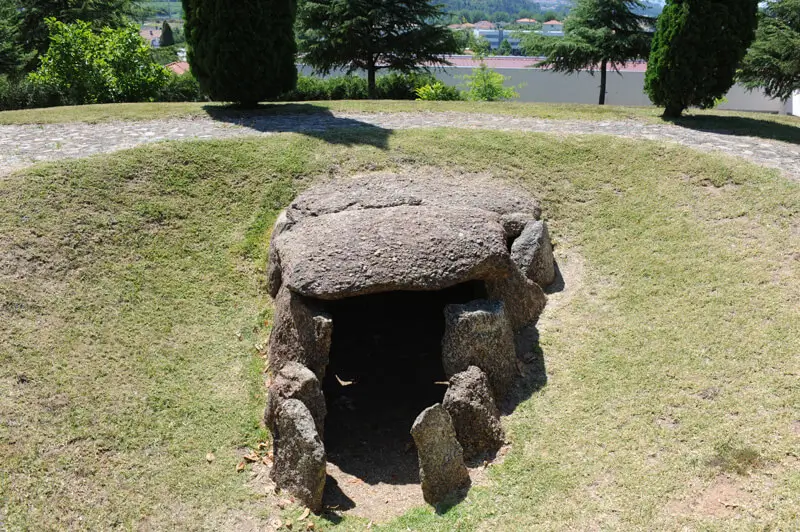
The Mamoa de Lamas is a prehistoric funerary monument built around five thousand years ago.
See more +In the second half of the 19th century, Portugal experienced a strong awakening to the study of "national antiquities", influenced by European archaeological, anthropological and ethnographic trends. This interest led to the creation of scientific institutions such as the Geological Studies Commission, the Lisbon Geographical Society and the Portuguese Ethnographic Museum - all based in Lisbon, but which also promoted initiatives in other cities.
In Guimarães, the Martins Sarmento Society was founded, led by Francisco Martins Sarmento, notable for his archaeological discoveries, such as the Citânia de Briteiros. In Braga, the archaeologist Albano Belino (1863-1906) continued this work, in contact with figures such as José Leite de Vasconcellos, focusing particularly on the Roman presence in Braga and the identification of remains from the Iron Age.
Among his most important contributions is the identification of the Monte da Consolação hillfort, a fortified settlement located at a strategic point in Braga. This fort, with its walls and defensive moat, shows traces of long occupation, such as pottery and millstones, although no housing structures have yet been found. Like other hillforts, it was reoccupied in Roman times, as shown by the building materials collected at the site (tegulae and imbrex). Only a replica of a Castro house with a thatched roof can be found on the site. The Castro-Galaico Festival is held there every year.